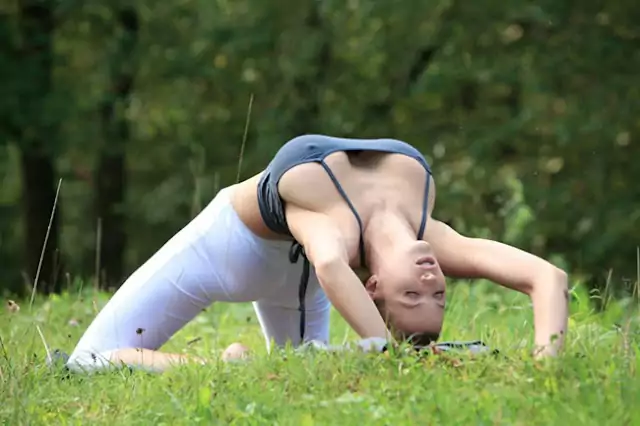Beginners are drawn to yoga for many reasons. Why is this? Yoga is an incredible tool. Anyone can practice yoga. Yoga teaches skills and techniques that can be drawn on and incorporated into everyday life to enhance every aspect of our entire being. Techniques can be performed in various positions and being flexible is not a requirement for joining a yoga class.
However, a beginner might benefit from understanding some basic information that helps to explain the very essence of yoga. Yoga provides so many different benefits and this basic information is fundamental when it comes to realizing the power that yoga can provide.
The Roots of Yoga
Yoga has been practiced for at least three thousand years. The word yoga means union. It is derived from the Sanskrit word Yuj which means to join. Sanskrit is the ancient Indian language that was first spoken and evolved during Vedic times. The Vedic civilisation lived along the banks of the Saraswati River (now dry) between 4500BC and 1800 BC. Some of the first written evidence that was discovered about yoga was from this time period and it is still followed and studied today.
The Vedic civilisation regarded yoga as a science: when practiced with commitment it provided all of the techniques to help practitioners find unity between the individual consciousness and the universal consciousness also known as enlightenment, liberation, supreme consciousness or Samadhi. For ancient practitioners this unity was the ultimate goal, the sole reason for existence. It was this liberation that provided freedom from this world. However, this state could only be reached if both body and mind were enjoying optimum levels of health, free from disease, injuries and toxins. The mind needed to be clear, focused and free from the ego.
As yoga has been practiced for so many years from the ancient rishes (poets and seers) to this very day by so many different practitioners it is reasonable to assume that it must deliver the results required. Yoga has the ability to subtly remove old habits, and allows new ones to form without practitioners really trying.
Leading a Yogic Life
Although yoga is often regarded as a physical form of exercise, and practitioners are often drawn to yoga because of the physical elements, many practitioners both new and old will eventually find that their whole lifestyle has begun to change and a more yogic life is being lead. A yogic lifestyle is also known as the five points of yoga and includes regular asana practice (physical yoga postures), pranayamas (breathing exercises), relaxation and meditation techniques, a healthy vegetarian diet and positive thinking.
The Benefits of Yoga
Each element that helps to form the five points of yoga provides very different benefits. They are as follows:
- Asanas strengthen and lengthen all of the major muscle groups. They massage and stimulate internal organs, helping them function more efficiently. Yoga asanas improve posture, which helps to eliminate joint pain and prevent future injuries.
- Pranayamas raise oxygen levels, which will help the body to function more efficiently. Pranayamas also increase the lung capacity, cleanse the respiratory tract and induce deep relaxation.
- Relaxation and meditation techniques relax the body and clear the mind. During this time, the body can heal, the immune system can fight infections and the mind is able to clear.
- A healthy vegetarian diet free from additives and preservatives will help body and mind function more efficiently, raise energy and reduce excess levels of body fat.
- Positive thinking yoga techniques raise self esteem. This positive energy is extremely contagious and can be enjoyed by everyone in close contact with yoga practitioners.
After beginning a yoga practice it is worth taking the time to understand why yoga was first practiced and then it is easy to realize why yoga makes you feel so good.
